Smooth Newt
- March 12, 2024
- 0 comment
The Smooth Newt is distinguishable by its smooth skin, contrasting with the warty skin of other newt species. Adult males reach up to 10 cm in length, while females can grow slightly larger. During the breeding season, males exhibit a continuous, wavy crest along their backs and tails, which disappears once the season ends. The underside is often orange or yellow with a distinct spotted pattern, serving as a warning to predators about their toxic skin secretions.
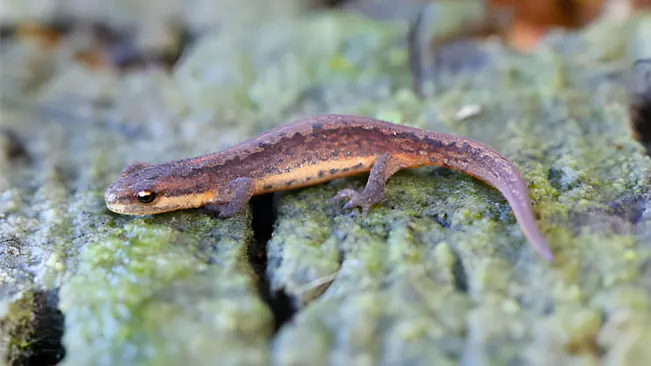
| Characteristic | Details |
|---|---|
| Scientific Name | Lissotriton vulgaris |
| Common Name | Smooth Newt |
| Identification | Smooth skin; males have a distinctive breeding crest; orange or yellow belly with black spots |
| Size | Up to 10 cm (males slightly smaller than females) |
| Lifespan | Approximately 6-14 years in the wild |
| Habitat | Freshwater habitats like ponds, lakes, marshes; terrestrial habitats for part of the year (forests, grasslands) |
| Distribution | Widespread across Europe: from the UK and France to Russia, and south to Italy and Greece |
| Diet | Carnivorous: insects, larvae, worms, and other small invertebrates |
| Breeding Season | Spring |
| Reproduction | Aquatic egg laying; females can lay up to 400 eggs individually wrapped in aquatic plant leaves |
| Conservation Status | Least Concern (IUCN) |
| Threats | Habitat loss, pollution, climate change |
| Interesting Fact | Males perform an elaborate courtship dance to attract females during the breeding season. |
Appearance
Skin Texture
The Smooth Newt has a notably sleek, smooth skin, lacking the rough, warty texture seen in some other newt species. This characteristic is particularly evident during the aquatic phase of their lifecycle.


Size
Adults can grow up to 10 cm in length, with females generally being slightly larger than males. This size makes them one of the smaller species of newts found in their range.
Breeding Season Male Appearance
Male Smooth Newts undergo a dramatic transformation during the breeding season, developing a distinctive, continuous dorsal crest that runs from the head down the back and onto the tail. This crest is complemented by a more vibrant coloration and a tail with a filament at the end, all aimed at attracting females.
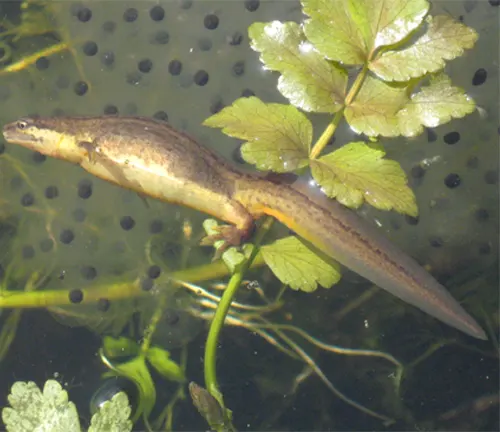
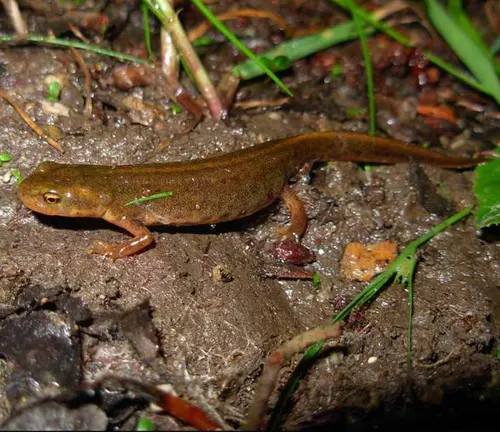
Coloration and Patterns
Outside of the breeding season, both sexes exhibit a brownish or olive green back with a lighter, often orange or yellow, underside. The belly is speckled with dark spots, which are unique to each individual and serve as a warning signal to predators about their toxic skin secretions.
Habitat and Distribution
The Smooth Newt, with its extensive range across Europe, marks its presence from the lush, green landscapes of the United Kingdom and France in the west, stretching to the expansive territories of Russia in the east, and dipping down into the Mediterranean climates of Italy and Greece in the south. This broad distribution is a testament to the species’ remarkable adaptability to a diversity of freshwater environments.

Whether it’s the still waters of secluded ponds, the gentle flows of meandering lakes, the man-made confines of canals, or the dense, reedy stretches of marshlands, the Smooth Newt thrives as long as these settings offer the necessary vegetation. Such plant life is not merely a backdrop for these amphibians but serves as critical infrastructure for their survival, providing essential cover from predators and a secure foundation for the laying of their eggs. This symbiotic relationship between the Smooth Newt and its habitat underscores the intricate balance of aquatic ecosystems, highlighting the importance of preserving such environments for the continued prosperity of this widespread species.
Life Cycle and Reproduction
Smooth Newts have a fascinating lifecycle, alternating between aquatic and terrestrial habitats. They breed in water, where females lay up to 400 eggs, carefully wrapping each in leaves of aquatic plants. After about three weeks, the eggs hatch into larvae, equipped with external gills for underwater breathing. The larvae undergo metamorphosis over a few months, eventually emerging onto land as juveniles.
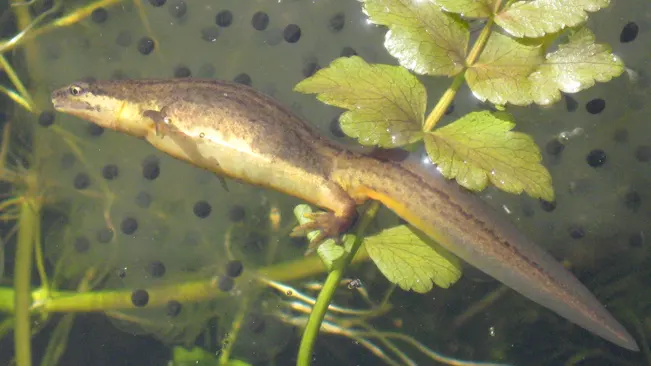
Adults return to water to breed, typically in the spring. Males perform elaborate courtship displays to attract females, involving undulating their bodies and tails to spread pheromones. After mating, females lay their eggs, and the cycle continues.
Diet and Predation
Smooth Newts exhibit opportunistic feeding behavior, adapting their diet to include a wide range of insects, larvae, and small invertebrates that are available in their terrestrial and aquatic environments. This dietary flexibility allows them to thrive across various habitats, contributing to their widespread distribution. The larvae, in their early stages, are especially vulnerable to predation however, they employ strategies such as camouflage and swift escape responses to avoid being caught by predators. As they mature into adults, their risk of predation decreases significantly. This vulnerability reduction is largely due to the toxic substances present in their skin, which serve as a potent deterrent against many potential predators. These toxins can either repel would-be threats or, in some cases, cause harm to those who ignore the warning and decide to consume them. This natural defense mechanism allows adult Smooth Newts to navigate their ecosystem with a certain level of confidence, knowing they are protected against a wide array of predators.
Behavior
Aquatic Courtship
During the breeding season, male Smooth Newts exhibit elaborate aquatic courtship behaviors, including displaying their brightly colored undersides, vibrating their tails near females, and performing a dance-like sequence to attract a mate.
Terrestrial Life Outside Breeding Season
Smooth Newts spend a significant part of the year on land, where they are nocturnal and hide under logs, stones, or leaf litter during the day to avoid predators and conserve moisture.
Seasonal Migration
They migrate between their terrestrial habitats and breeding ponds annually. This migration usually occurs during rainy nights in spring or autumn, minimizing the risk of desiccation.
Diet and Feeding
Smooth Newts are carnivorous, feeding on a variety of invertebrates such as worms, insects, and larvae both in water and on land. Their hunting strategy involves ambushing or actively pursuing prey.
Defense Mechanisms
When threatened, Smooth Newts can excrete toxins from their skin as a defense mechanism against predators. They may also play dead or display warning colors to deter attackers.
Hibernation
In colder climates, Smooth Newts hibernate during the winter months, either underwater in the mud and debris at the bottom of ponds or on land in burrows, to escape freezing temperatures.
Territorial Behavior
During the breeding season, males can become territorial, defending their chosen area from rivals to increase their chances of mating success.
Social Interaction
Outside of the breeding season, Smooth Newts are generally solitary. However, during breeding, they may gather in large numbers in suitable aquatic habitats.
Communication
While not vocal, Smooth Newts communicate through body language and chemical signals, especially during courtship and territorial disputes.
Adaptability
Smooth Newts demonstrate remarkable adaptability to changing environments, including altered landscapes and habitats. This adaptability contributes to their survival in various conditions.
Conservation Status
The Smooth Newt is classified as Least Concern by the International Union for Conservation of Nature (IUCN), indicating it is currently not at immediate risk of extinction. However, like many amphibians, they face threats from habitat loss, pollution, and climate change, which can disrupt their delicate lifecycle. Conservation efforts focus on protecting their natural habitats, reducing pollution, and mitigating the impacts of climate change. Public awareness and involvement in conservation initiatives, such as creating newt-friendly environments in gardens and community spaces, also play a vital role in their preservation.
Terrestrially, they seek shelter under logs, stones, and leaf litter in wooded areas, gardens, and grasslands close to their aquatic breeding sites. Their ability to thrive in diverse environments has made them one of the most common newt species in their range.
Different Species
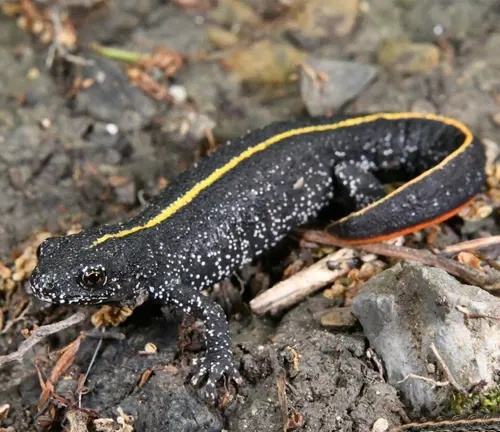
Italian Newt (Lissotriton italicus)
Found in Italy and Sicily, this species prefers forested and mountainous habitats. It’s similar in appearance to the Common Newt but can be distinguished by some subtle morphological differences.
Bosca’s Newt (Lissotriton boscai)
Native to the Iberian Peninsula, Bosca’s Newt is adapted to a variety of aquatic habitats. It is smaller and less colorful than the Common Newt.
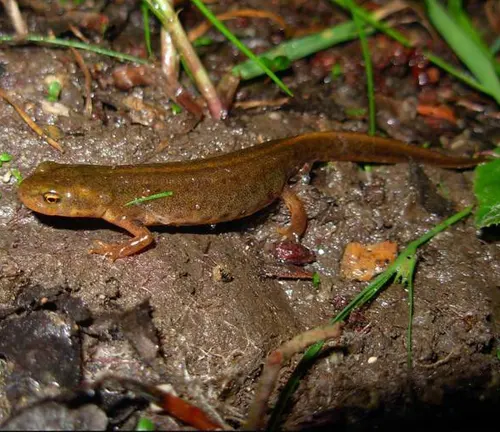
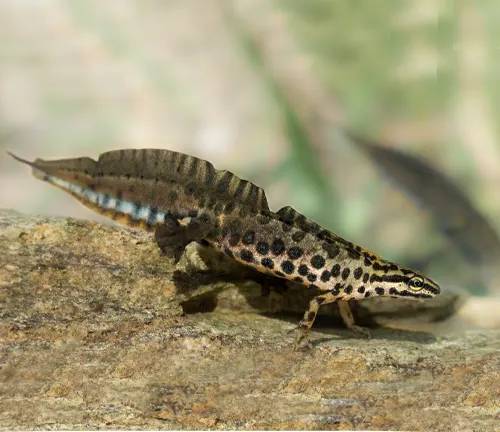
Greek Smooth Newt (Lissotriton graecus)
As the name suggests, this species is found in Greece and surrounding areas. It has specific habitat preferences, typically residing in cool, clear waters.
Montandon’s Newt (Lissotriton montandoni)
This species is found in eastern Europe, particularly in mountainous regions. It’s known for its preference for cold, clear waters at higher altitudes.
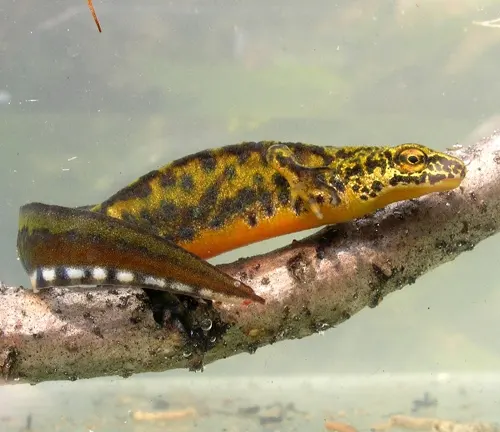
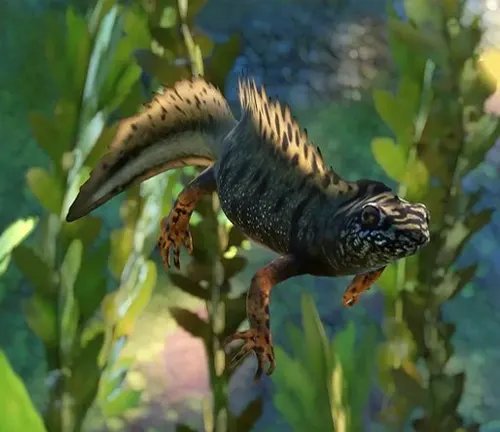
Danube Crested Newt (Lissotriton dobrogicus)
Found in the Danube basin, this species prefers slow-moving or still water bodies. It’s distinguished by a less pronounced dorsal crest in males compared to the Common Newt.
Conclusion
The Smooth Newt, with its distinctive appearance and intriguing lifecycle, is a vital component of European freshwater and terrestrial ecosystems. Understanding their biology, behavior, and the challenges they face is crucial for their conservation and the protection of the biodiversity of their habitats. As we continue to study and protect these fascinating creatures, we gain insights not only into their world but also into the broader environmental challenges facing amphibians globally.
Frequently Asked Questions (FAQs)
- What is a Smooth Newt?
The Smooth Newt (Lissotriton vulgaris) is a species of newt known for its smooth skin and widespread distribution across Europe. - How many species are in the Lissotriton genus?
The Lissotriton genus includes several species, including the Common or Smooth Newt, Italian Newt, Bosca’s Newt, Greek Smooth Newt, Montandon’s Newt, and the Danube Crested Newt. - Can Smooth Newts be found outside of Europe?
While Smooth Newts are primarily found in Europe, some species within the Lissotriton genus also inhabit parts of Asia. - What habitats do Smooth Newts prefer?
Smooth Newts are adaptable and can be found in a variety of aquatic and semi-aquatic habitats, including ponds, lakes, streams, and marshes. - What do Smooth Newts eat?
They are carnivorous, feeding on insects, larvae, small invertebrates, and sometimes even the eggs of other amphibians. - Are Smooth Newts protected species?
The conservation status varies by species and region, but some are protected under local or international conservation laws to prevent habitat destruction and population decline. - How do Smooth Newts reproduce?
They breed in water, where females lay eggs on aquatic plants, and males perform elaborate courtship displays to attract mates. - What is the lifespan of a Smooth Newt?
Smooth Newts can live up to 15 years in the wild, depending on the species and environmental conditions. - Can Smooth Newts regenerate body parts?
Yes, like many amphibians, Smooth Newts have the ability to regenerate lost limbs, tails, and even parts of their eyes and hearts. - How can I help conserve Smooth Newts?
Support conservation efforts, maintain clean waterways, avoid disturbing their natural habitats, and participate in local wildlife monitoring programs.




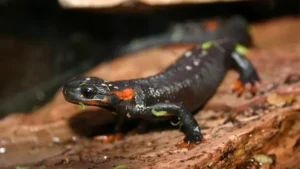

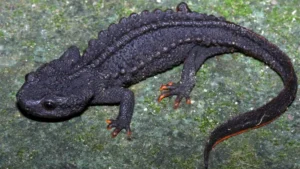
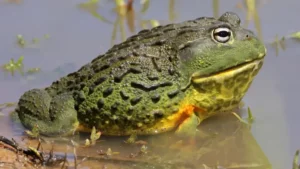
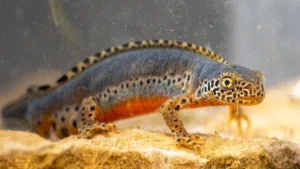
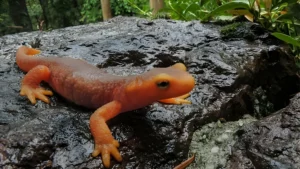

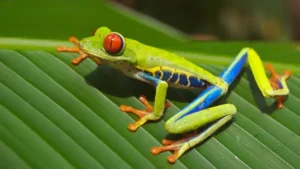
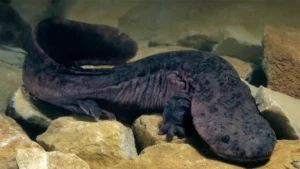
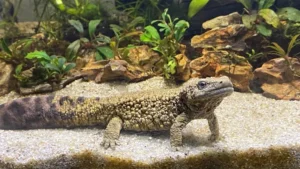
Leave your comment